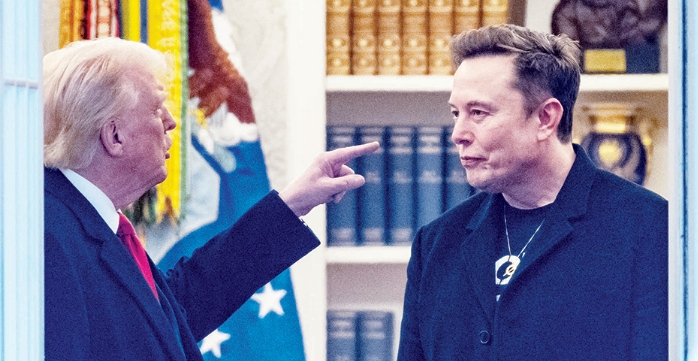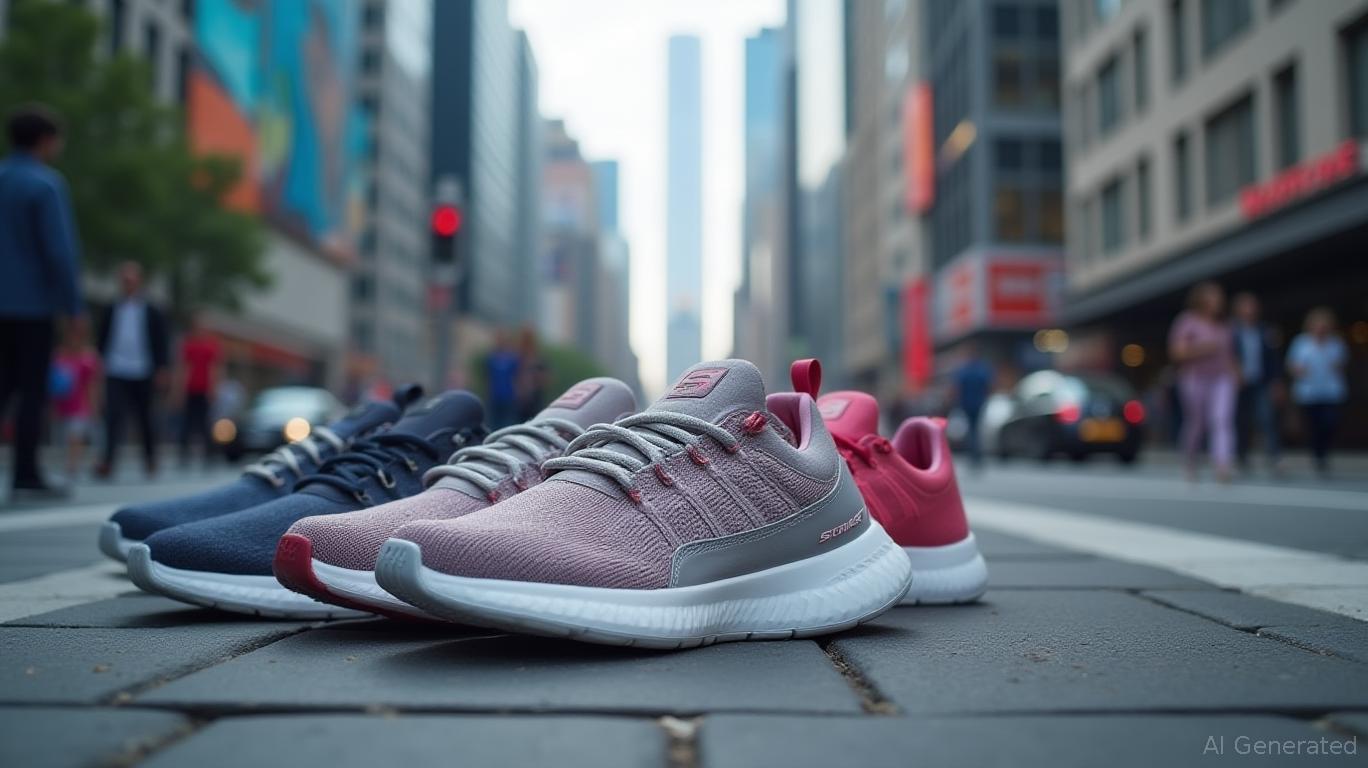Skechers' $9.4B Private Placement: A Catalyst for Recovery or a Risky Gamble?
The announcement of Skechers' $9.4 billion private placement in Q2 2025 triggered a 25% surge in its stock price, reversing a year-to-date decline of 25% caused by tariff-related headwinds. This transaction, led by 3G Capital, highlights the dual-edged nature of corporate financing: while it alleviates immediate liquidity concerns, it also underscores vulnerabilities tied to global trade policies and operational execution.

The Transaction’s Terms and Market Impact
The deal, valued at $9 billion, offers Skechers shareholders $63.00 per share in cash—a 30% premium over the 15-day volume-weighted average price. This premium reflects investor optimism about the company’s long-term prospects under private ownership, as well as 3G Capital’s track record of cost-cutting and operational efficiency. The structure—combining $57.00 in cash with a non-transferable equity unit—aims to balance immediate liquidity with alignment of interests post-transaction.
The stock’s 25% pre-market jump on the announcement contrasts sharply with its performance in early 2025. Prior to the deal, Skechers had withdrawn its 2025 financial guidance amid rising tariffs on Chinese imports, which account for 40% of U.S. shipments. These tariffs, averaging 145%, had pressured margins and eroded investor confidence. The 3G Capital offer, however, injected optimism by signaling a buyer’s belief in the brand’s value even under adverse conditions.
Historical Context: A Volatile Journey
This is not Skechers’ first encounter with market skepticism. In Q3 2023, a $9.4 billion private placement (this time in senior notes) caused a 3.2% immediate dip in its stock price, as investors questioned the use of proceeds and dilution risks. By quarter-end, the stock had fallen 5%, though it rebounded 7% in Q4 as the company demonstrated progress in deploying funds toward growth initiatives.
The 2023 experience underscores a recurring theme: capital raises, even when necessary, often provoke short-term volatility. The 2025 transaction, however, differs in scale and structure. As a full buyout, it removes Skechers from public markets entirely, eliminating the pressure of quarterly earnings expectations—a double-edged sword that could insulate the company from market noise but also obscure operational transparency.
Risks Lurking in the Shadows
While the premium and stock surge suggest investor approval, critical risks remain unresolved:
1. Tariff Exposure: The 145% duties on Chinese imports—already shrinking U.S. sales—threaten profitability unless the company diversifies sourcing or negotiates tariff relief.
2. Supply Chain Costs: 3G’s cost-cutting may clash with Skechers’ reliance on third-party manufacturers, particularly in Asia.
3. Private Market Liquidity: Once delisted, shareholders lose the ability to trade shares freely, a trade-off for the premium’s allure.
Analysts’ “Strong Buy” consensus and a $65.91 price target reflect confidence in the deal’s premium and long-term strategies like international expansion. However, these projections hinge on resolving macroeconomic risks, including trade tensions and consumer demand.
Conclusion: A Premium Payoff, But at What Cost?
The 25% stock surge post-announcement underscores the market’s approval of 3G’s bid as a resolution to Skechers’ liquidity and guidance crises. The 30% premium provides immediate relief, while the buyer’s operational rigor could unlock efficiencies. Yet, the deal’s success depends on mitigating systemic risks: tariffs, supply chain bottlenecks, and shifting consumer preferences.
Crucially, the transaction’s $9 billion valuation—10.1x projected 2026 earnings—suggests investors are pricing in a recovery, but not without skepticism. For long-term holders, the premium offers an exit with gains; for 3G, the challenge is to navigate a brand facing both global headwinds and domestic demand volatility.
In short, Skechers’ rebound is a victory for capital structure adjustments, but its future hinges on whether 3G can transform structural challenges into sustainable growth—a task no less daunting than the stock’s recent volatility.










